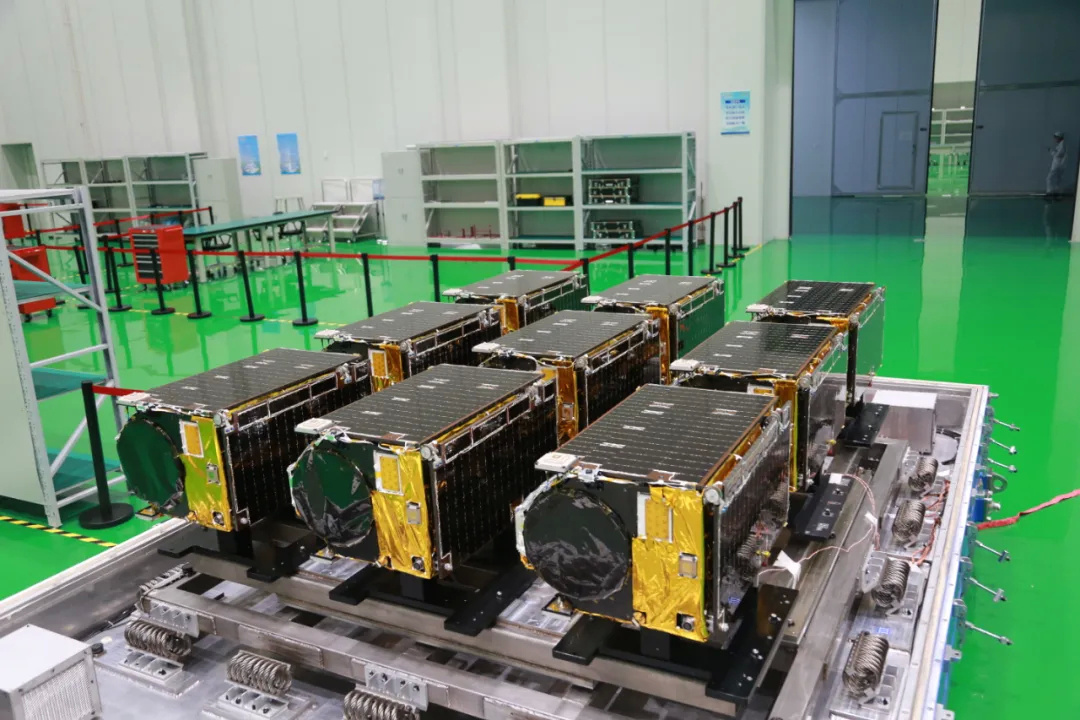If you got two separate stations you have to double your launch of crew and cargo regularly, which is less efficient and more costly in the long run. To mitigate that you would want to dock the new larger station with the smaller one making them one station which defeat the idea of having two separate ones.
So regardless how big your single module can be launched, you are still better with one station.
I was thinking of ultimately replacing the current station with a new, larger station assembled using larger modules enabled by forthcoming heavier rockets, not operating two stations simultaneously or operating a monolithic station like Skylab. The current station is only anticipated to have a 10-year service life.
The point of using larger modules is that they would be more efficient, offering more useful volume/mass as a proportion of total volume/mass. A single 40-tonne module would offer more habitable volume than two 20-tonne modules. The mechanisms that permit station modules to dock together are not trivial.
Obviously there are countervailing considerations also. There are limits to the payload dimensions that can be accommodated by various rocket designs, and more modules
can offer better redundancy. But equally there are reasons why nobody is assembling space stations in orbit using dozens or hundreds of 1-tonne modules, and why the current station is made up of the largest modules China can presently put into orbit.




